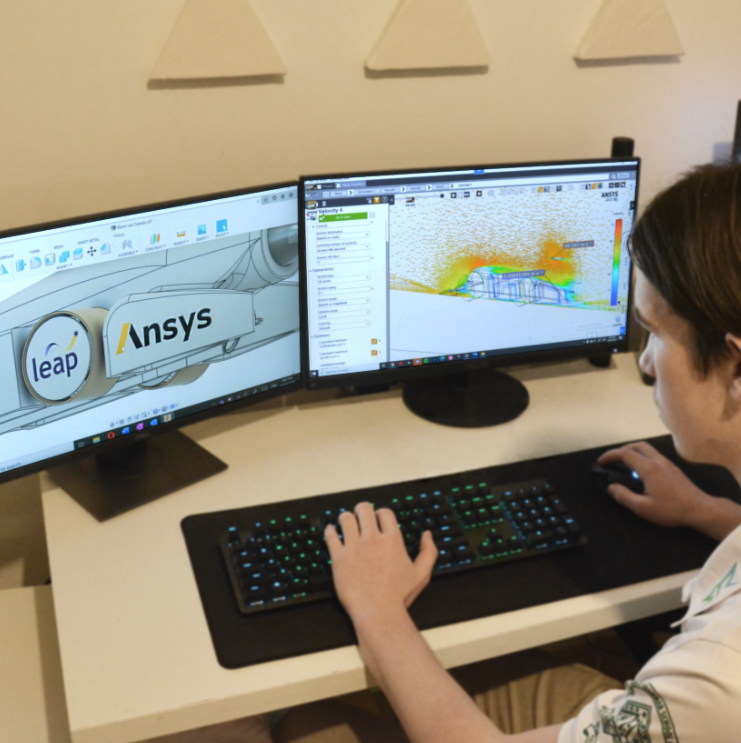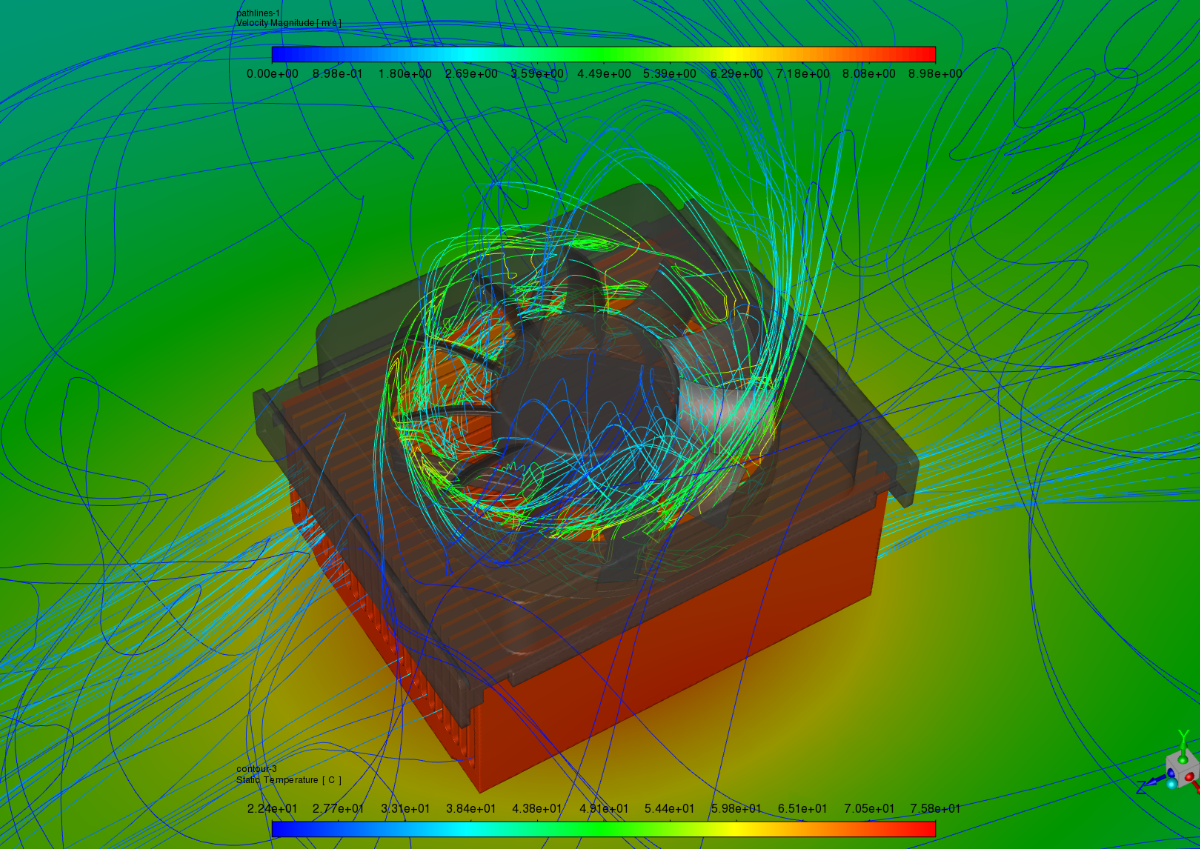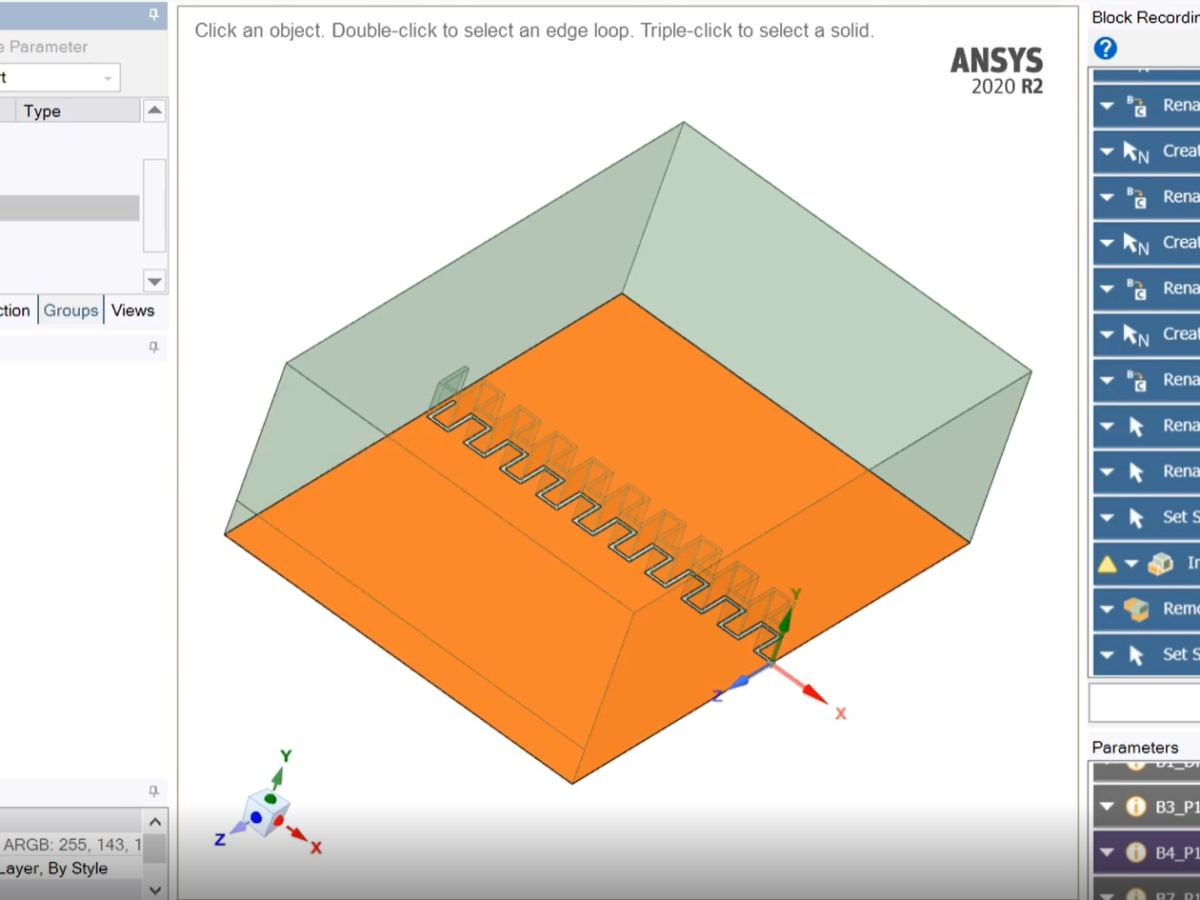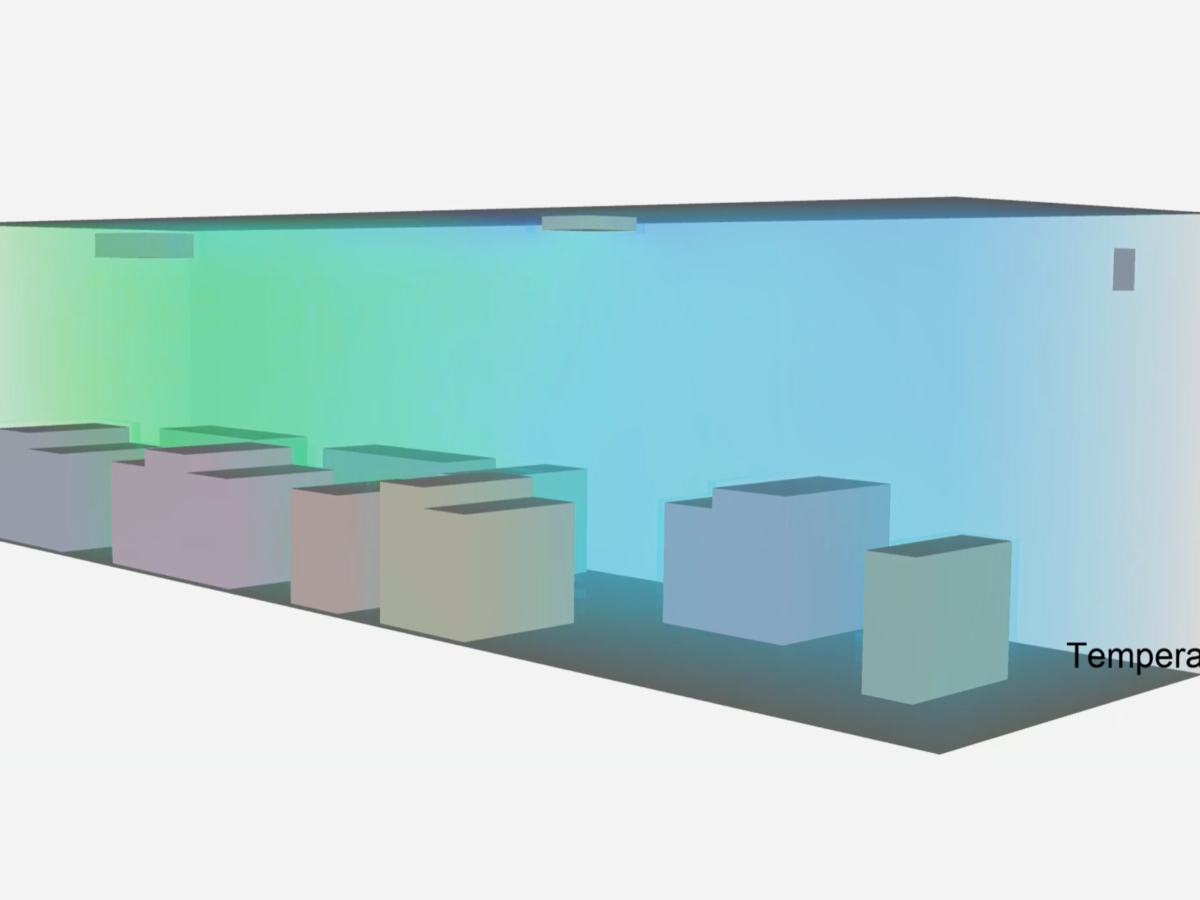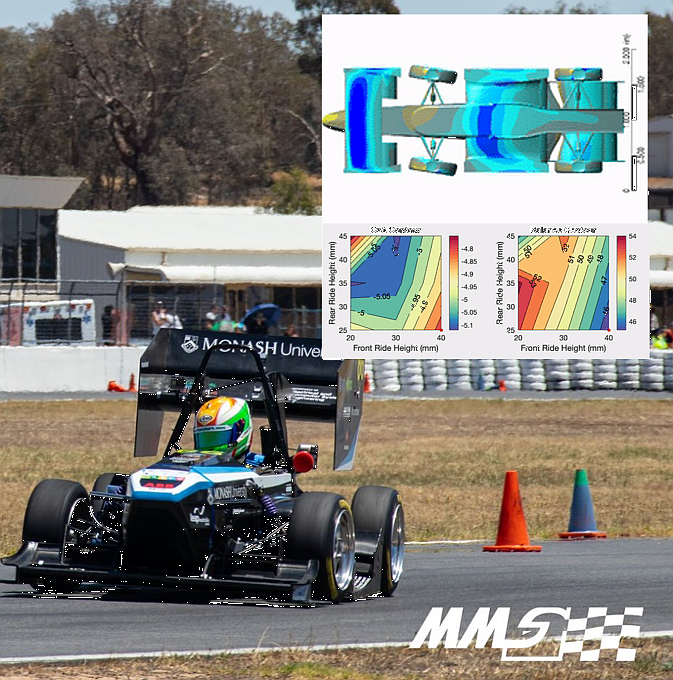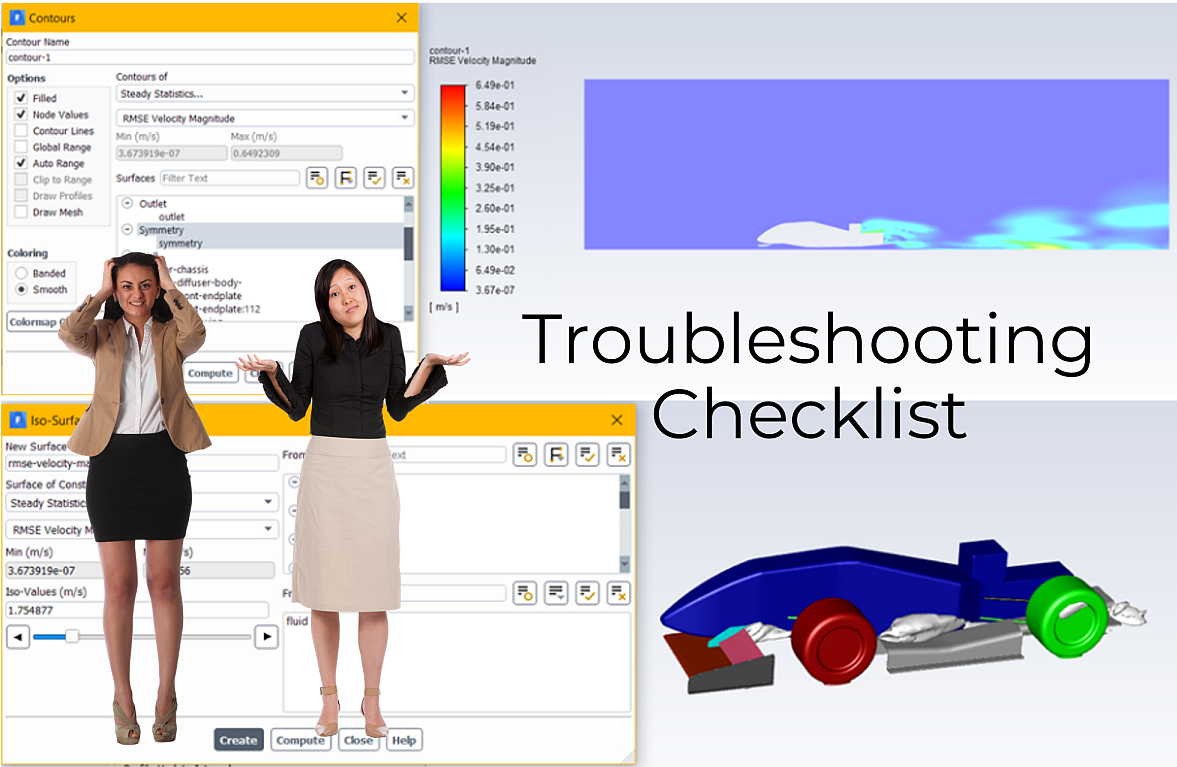F1 in Schools Spotlight: After achieving great success at the 2020 Virtual Victorian State Finals where they placed first overall and were awarded 11 of 13 category awards including Best Engineered and the Innovation Award, Team Hydron describe the many hours of CFD testing and design conducted by their engineering team, supported by LEAP Australia and Ansys.
Ansys CFD tools in 2021 have taken another large step forward with the availability of a new product, named “Ansys CFD-Pro” - which provides our customers with the right tools to tackle a range of common CFD applications at a significantly more affordable price than the full Ansys CFD Premium package, but still using the same modern Fluent workflow, meshing technology, and core Fluent solver that has been trusted by our customers worldwide for many decades.
A recent CFD study examines the relationship between nasal shape and the turbulence of airflow in the nose to help better understand olfaction and improve nasal drug delivery.
Guest Blog by USYD Rocketry Team (URT) who use simulation in their development of high-power sounding rockets to compete in the Australian Universities Rocketry Competition (AURC) and Spaceport America Cup. URT was the first Australian team to compete and took first place in the 10,000 ft COTS category with their Silvereye rocket.
How can CAE users make the most of the new scripting capabilities available in SpaceClaim 2020R2 to help efficiently automate the generation of new geometry designs? We look at how to create design templates that can automatically generate different designs, simply by modifying a few key parameters.
We look at recent improvements in Fluent's GUI and expressions which help streamline workflows for HVAC applications, such as those involving flow balancing, temperature monitoring and control. We apply this to an example involving two types of air handling unit for cooling a room containing heat-generating equipment.
In order to improve pump efficiency, pump designers require fine-grain insights into complex fluid dynamics within a pump to help them identify areas that can be refined to reduce losses during pump operation. In this example, we look at the workflow to improve an existing pump’s design without requiring the original CAD drawings – instead using scanned data of an existing pump design.
We speak with Khesh Selvaganapathi, Graduate Application Engineer at LEAP who recently graduated as a Mechanical Engineer from Monash University & joined LEAP at the start of March 2020 - just a few weeks before the COVID-19 pandemic began causing widespread disruption and forced most LEAP staff to work from home...
Monash Motorsport has been designing Formula Student cars with wings and diffusers for many years, but this process has been fast-tracked through greater automation of Ansys CFD simulations to help the team gather more simulation data points & generate a comprehensive aero map to analyse the impact of changes in vehicle roll, yaw, steer and ride height.
For the times when your CFD simulation is diverging or not behaving as expected, we offer a helpful checklist to systematically troubleshoot what is going wrong and successfully tackle the most challenging CFD problems.
